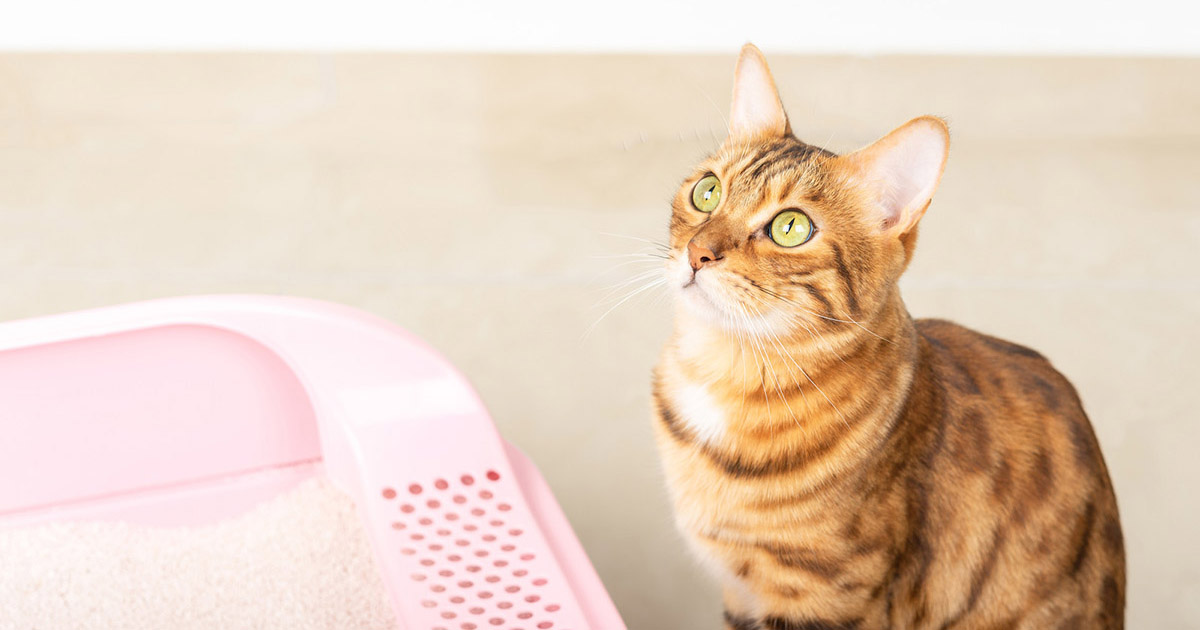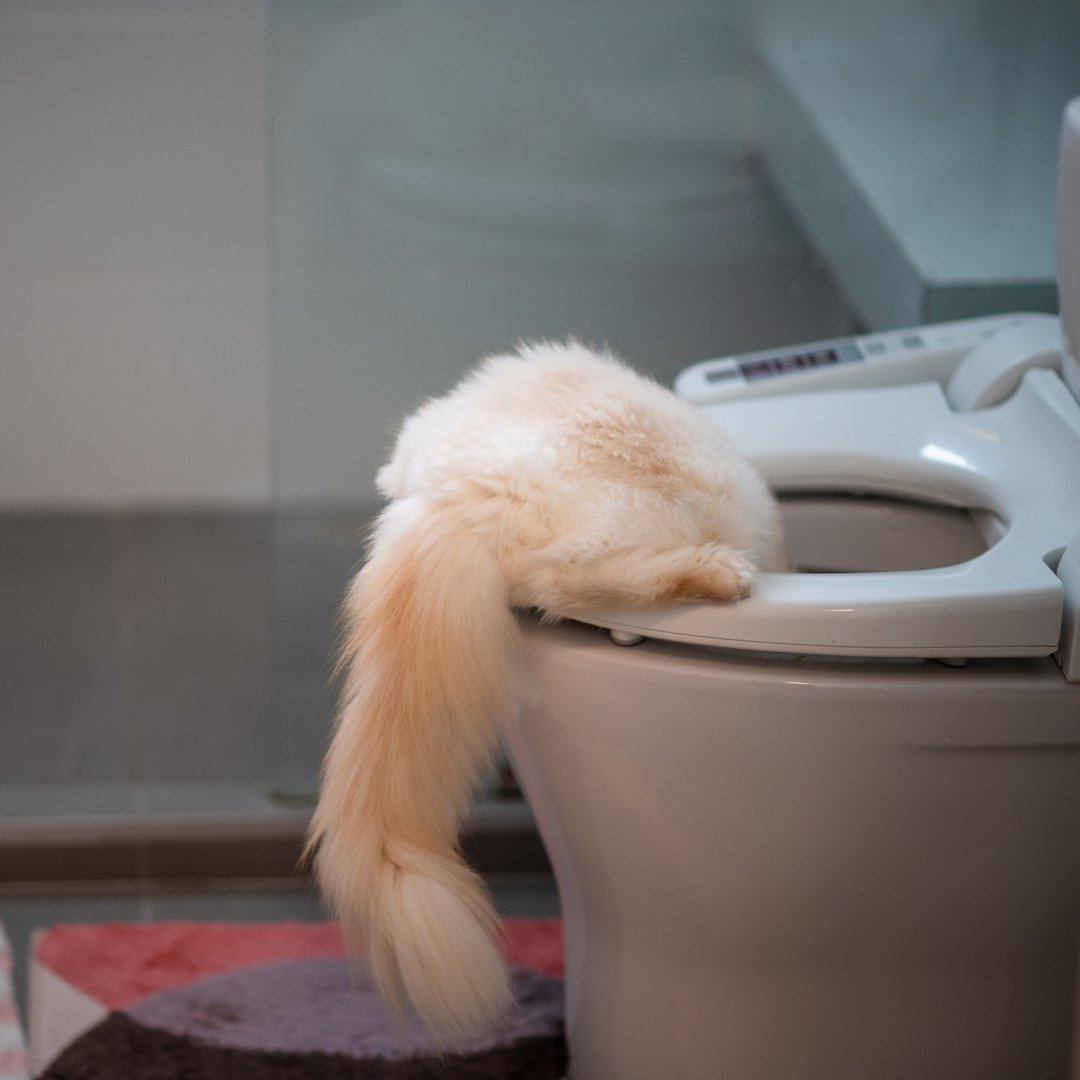Reasons Flushing Cat Poop Down Your Toilet Is Harmful - Suggestions for Correct Handling
Reasons Flushing Cat Poop Down Your Toilet Is Harmful - Suggestions for Correct Handling
Blog Article
We have noticed the article involving Don’t flush cat feces down the toilet listed below on the web and thought it made good sense to relate it with you on this site.

Intro
As feline owners, it's necessary to be mindful of just how we take care of our feline close friends' waste. While it might seem convenient to purge pet cat poop down the bathroom, this practice can have detrimental effects for both the atmosphere and human health and wellness.
Environmental Impact
Purging feline poop introduces harmful virus and parasites into the water, presenting a considerable risk to marine environments. These impurities can adversely impact aquatic life and compromise water quality.
Wellness Risks
In addition to ecological worries, flushing pet cat waste can likewise posture health threats to people. Cat feces might contain Toxoplasma gondii, a bloodsucker that can cause toxoplasmosis-- a possibly severe ailment, especially for expectant ladies and individuals with weakened immune systems.
Alternatives to Flushing
Fortunately, there are much safer and more accountable ways to throw away cat poop. Think about the following options:
1. Scoop and Dispose in Trash
One of the most typical approach of getting rid of pet cat poop is to scoop it into an eco-friendly bag and throw it in the trash. Make certain to use a specialized clutter scoop and throw away the waste promptly.
2. Usage Biodegradable Litter
Select naturally degradable cat trash made from materials such as corn or wheat. These clutters are eco-friendly and can be safely taken care of in the garbage.
3. Bury in the Yard
If you have a backyard, consider hiding cat waste in a marked location away from veggie gardens and water resources. Be sure to dig deep adequate to avoid contamination of groundwater.
4. Mount a Pet Waste Disposal System
Purchase a pet dog garbage disposal system particularly made for cat waste. These systems make use of enzymes to break down the waste, lowering smell and ecological influence.
Final thought
Accountable pet dog possession prolongs beyond providing food and sanctuary-- it additionally includes appropriate waste management. By refraining from purging feline poop down the toilet and opting for different disposal techniques, we can reduce our environmental impact and secure human health and wellness.
Why Can’t I Flush Cat Poop?
It Spreads a Parasite
Cats are frequently infected with a parasite called toxoplasma gondii. The parasite causes an infection called toxoplasmosis. It is usually harmless to cats. The parasite only uses cat poop as a host for its eggs. Otherwise, the cat’s immune system usually keeps the infection at low enough levels to maintain its own health. But it does not stop the develop of eggs. These eggs are tiny and surprisingly tough. They may survive for a year before they begin to grow. But that’s the problem.
Our wastewater system is not designed to deal with toxoplasmosis eggs. Instead, most eggs will flush from your toilet into sewers and wastewater management plants. After the sewage is treated for many other harmful things in it, it is typically released into local rivers, lakes, or oceans. Here, the toxoplasmosis eggs can find new hosts, including starfish, crabs, otters, and many other wildlife. For many, this is a significant risk to their health. Toxoplasmosis can also end up infecting water sources that are important for agriculture, which means our deer, pigs, and sheep can get infected too.
Is There Risk to Humans?
There can be a risk to human life from flushing cat poop down the toilet. If you do so, the parasites from your cat’s poop can end up in shellfish, game animals, or livestock. If this meat is then served raw or undercooked, the people who eat it can get sick.
In fact, according to the CDC, 40 million people in the United States are infected with toxoplasma gondii. They get it from exposure to infected seafood, or from some kind of cat poop contamination, like drinking from a stream that is contaminated or touching anything that has come into contact with cat poop. That includes just cleaning a cat litter box.
Most people who get infected with these parasites will not develop any symptoms. However, for pregnant women or for those with compromised immune systems, the parasite can cause severe health problems.
How to Handle Cat Poop
The best way to handle cat poop is actually to clean the box more often. The eggs that the parasite sheds will not become active until one to five days after the cat poops. That means that if you clean daily, you’re much less likely to come into direct contact with infectious eggs.
That said, always dispose of cat poop in the garbage and not down the toilet. Wash your hands before and after you clean the litter box, and bring the bag of poop right outside to your garbage bins.
https://trenchlesssolutionsusa.com/why-cant-i-flush-cat-poop/

As an enthusiastic person who reads on Don’t flush cat feces down the toilet, I think sharing that editorial was sensible. Enjoyed reading our blog entry? Please share it. Help another person discover it. Thanks for your time invested reading it.
Detail Report this page